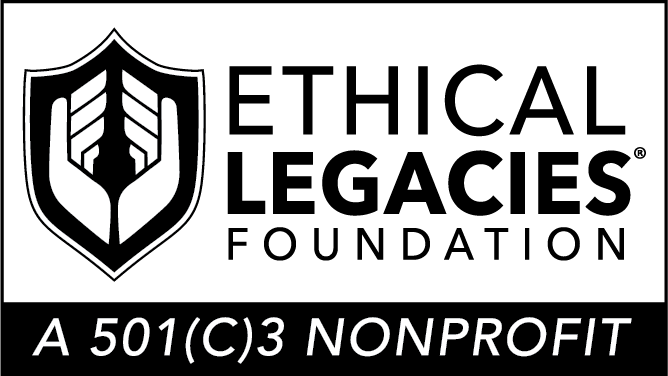For more than a decade, B Corp certification has legitimized businesses whose primary objective is social benefit, as opposed to profit. Now, some corporate social responsibility experts are predicting that these certifications from the nonprofit B Lab will be a key driver in the ongoing CSR evolution.
In forecasting top social impact trends for 2018, Danielle Tergis, founder of The Tergis Group marketing firm, told The Huffington Post that the continued emphasis on social impact, how it integrates into business strategy and how it influences transparency will manifest in several different ways, with B Corp and other similar certifications being one of them.
“Largely tied into that is consumer trust of brands and companies being at an all-time low, so the relevance of third-party certifications, verifications and commitments with organizations like Green America’s Center for Sustainability Solutions, Partnership for a Healthier America and B Lab’s B Corporation certification will continue,” Tergis says.
The B Corp evolution represents a departure from the “Friedman doctrine,” which states that social obligation is fundamentally subversive in a free society, and that the only responsibility of a business is to use its resources in the effort to increase profits for its stake holders. The doctrine has dominated corporate philosophy for the past 50 years. But now, corporations are rethinking this perspective and have concluded that not only can businesses have goals that differ from the traditional ones of profitable fiduciary ownership and management, but they can also enrich society by assuming the additional goals of social responsibility.
B Corp certification came into existence in 2007 with the goal of identifying businesses that use their power to solve social and environmental problems. In 2006, entrepreneurs Jay Gilbert, Bart Houlahan and Andrew Kassoy set out to synthesize the views of hundreds of contributing business and cultural leaders regarding the role of business as a force for good in modern society — in other words, corporate social responsibility. It became evident that everyone they interviewed focused on two main ideas to maximize the positive effect of socially and environmentally responsible businesses. The first was the need for a way to establish legal parameters to describe corporations whose primary objective was social “benefit” – thus the term “B Corp.” The second idea was to create standards for determining how effective these businesses were in achieving that objective. To accomplish that, Gilbert, Houlahan, and Kassoy founded B Lab as a nonprofit with the aim of using the multifaceted assets of business to address pressing societal and environmental issues.
U.S. corporate law was not structured to address the special circumstances of businesses whose primary objective is not profit. In the early stages of B Corp development, some states viewed these goals as conflicting with the traditional purpose of business — to maximize profits for shareholders. B Lab issued the first B Corp certifications in 2007. At the end of 2017, there were 2,358 B Corporations in 50 countries, representing more than 100 industries. With input from corporations, financial advisers and attorneys, B Lab worked to establish the criteria that would become the basis to certify the difference between a B Corp and traditional corporations.
The terms “B Corp” and “benefit corporation” are often used interchangeably, but there are differences. “B Corp” refers to any for-profit corporation certified specifically by B Lab. The more general term “benefit corporation” describes a company authorized by one of 33 states or the District of Columbia for adhering to requirements for transparency, accountability, and management. B Corps pay revenue-based membership fees to B Lab. Benefit corporations only need to follow state legal parameters to maintain their status.
As described by The Economist: “To qualify as a B Corp, a firm must have an explicit social or environmental mission, and a legally binding fiduciary responsibility to take into account the interests of workers, the community, and the environment as well as its shareholders. It must also publish independently verified reports on its social and environmental impact alongside with its financial results. Other than that, it can go about business as usual.”
Although the motivation at the core of the B Corp movement is predominantly altruistic, tangible benefits can accrue for the enterprise. No rules preclude profits. Increasingly, companies identified as having the welfare of people and planet as their primary goals are outperforming competitors that cling to the traditional profit motive business structure. According to The Economist, improved dialogue between the private and nongovernmental sectors is one positive pattern that emerged from the CSR trend. “Companies with their eye on their ‘triple-bottom-line’ outperform their less fastidious peers on the stock market,” the article states, referring to the three-part accounting framework that some organizations use to evaluate their performance: social, environmental, and financial. “Corporate social responsibility and the companies that employ it are the future of business.”
 Did you enjoy this content?
Did you enjoy this content?
If so, sign up below to be the first to receive new articles, updates and news from Ethical Legacies.


 Did you enjoy this content?
Did you enjoy this content?
